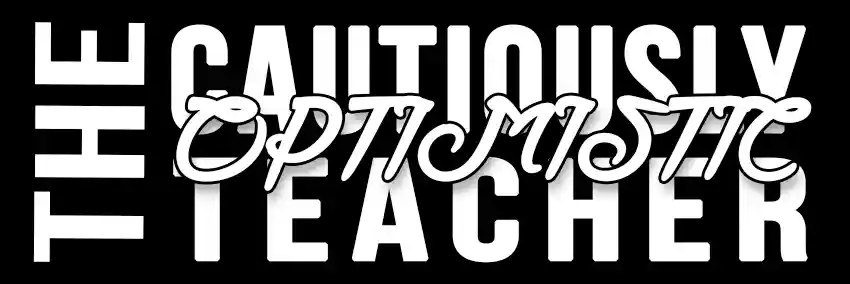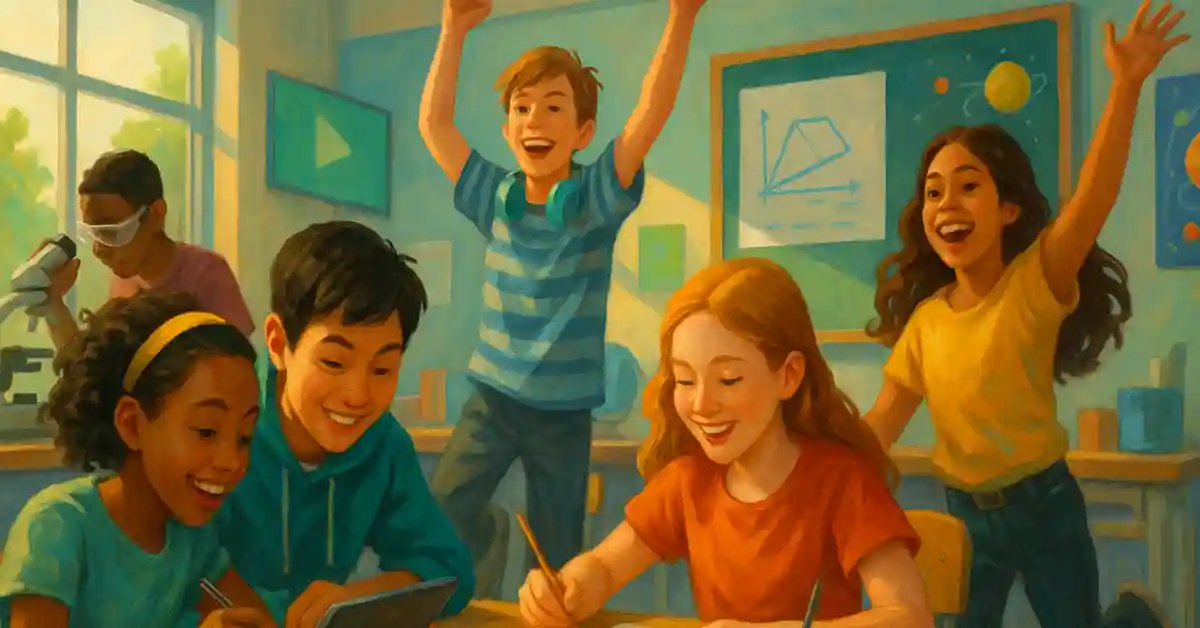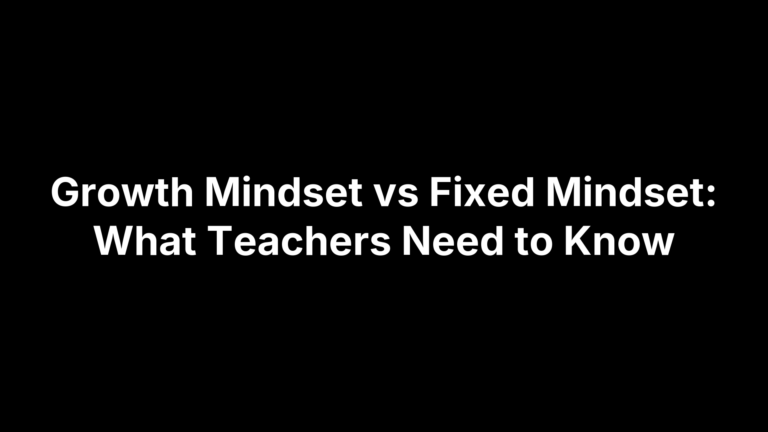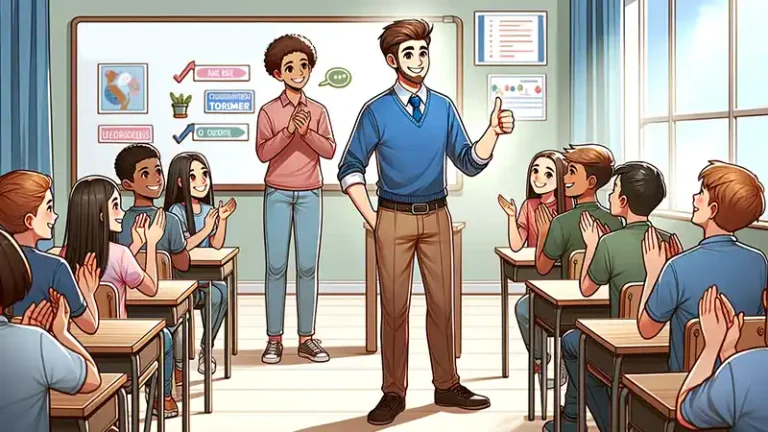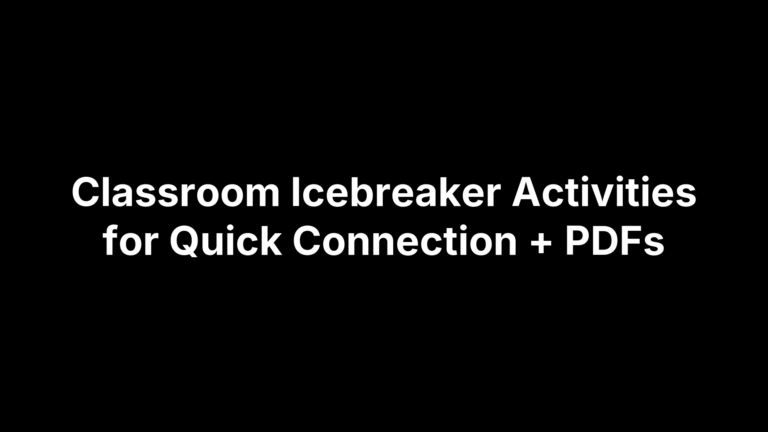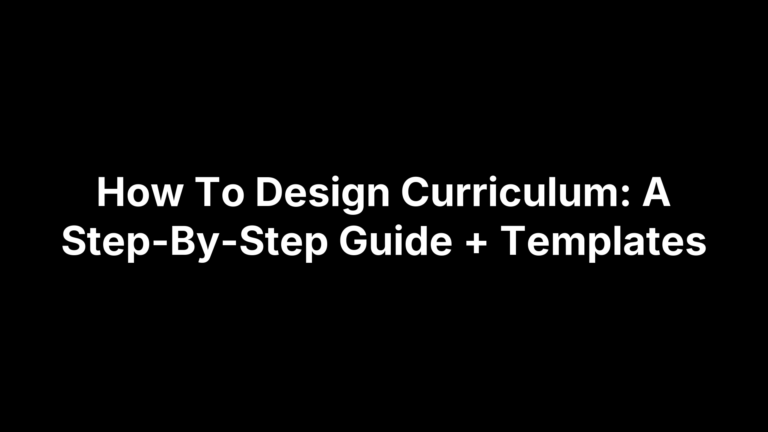Multiple Means of Engagement: More Motivation in Every Classroom
Ever taught the period right after lunch on a gloomy Tuesday? I have, and I swear half my class tried to hibernate under their hoodies. That was the day I discovered the magic of multiple means of engagement—UDL’s fancy way of saying, “Give students more than one good reason to care.”
What exactly is “multiple means of engagement”?
Universal Design for Learning (UDL) rests on three pillars: multiple means of Engagement, Representation, and Action & Expression. Engagement sits at the top of the tripod because motivation is the ignition switch for learning. The newly released UDL Guidelines 3.0 expand engagement to include welcoming student identities, nurturing joy and play, and offering genuine choice—all before we ever talk curriculum (UDL Guidelines). Katie Novak calls it the “first leg of the stool” that keeps the whole framework upright (Novak Education).
Why engagement matters (your students’ brains agree)
Neuroscience tells us affect and attention are neurologically intertwined; when students feel safe, valued, and interested, the brain’s limbic system clears a path for the prefrontal cortex to do its job (Edutopia). In plain English: no spark, no learning.
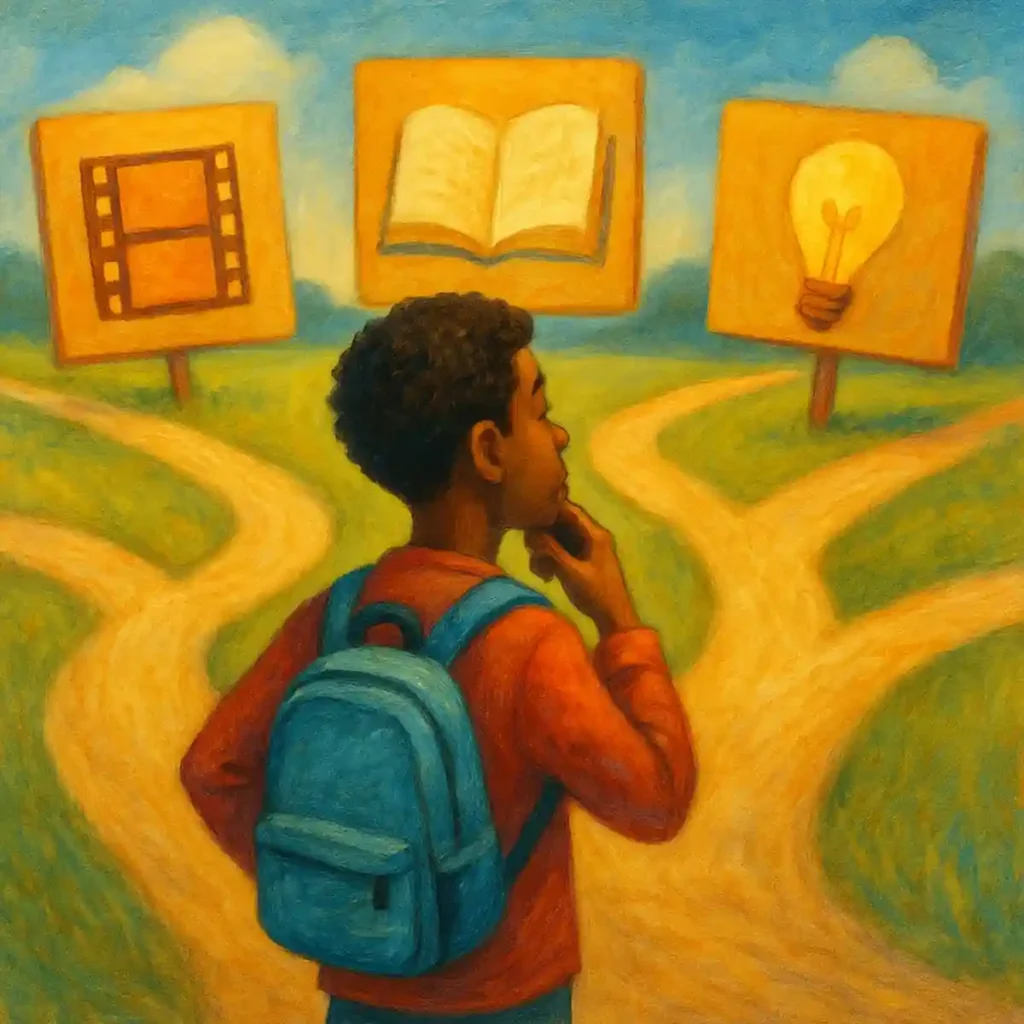
Five classroom moves to multiply engagement
Choice & Autonomy – Let students pick the medium (podcast, infographic, mini-doc). Even small decisions boost intrinsic motivation (UDL Guidelines).
Relevance & Authenticity – Connect tasks to real-world problems or cultural touchstones your class actually cares about.
Collaboration & Belonging – Design group roles that foster interdependence, not just divide-and-conquer. Shared ownership = sustained effort.
Joy, Play & Gamification – Low-stakes contests, narrative quests, or a dash of humor keep dopamine flowing when the going gets tough.
Self-Regulation & Reflection – Teach students how to set goals, monitor progress, and adjust strategies so the learning feels like their project.
Quick-start checklist for Monday morning
Swap a single lecture slide deck for a choose-your-own-explainer menu (video, comic strip, or audio snippet).
Add a two-minute mood check at the start of class—emoji cards, fist-to-five, or a quick poll.
End with a 60-second selfie reflection: “What helped me stay engaged today?”
Does it actually work? (Spoiler: yes)
A 2023 systematic review and meta-analysis of UDL implementations across K-12 and higher-ed logged a pooled effect size of 3.56 on learning outcomes—impressive even after accounting for study heterogeneity (ResearchGate). Engagement was the strongest contributor, especially when paired with teacher professional-development on UDL principles.
Final thoughts
Building multiple means of engagement isn’t about crafting Pinterest-perfect lessons; it’s about engineering options so every learner can find an on-ramp. Start small, iterate often, and watch those post-lunch zombies come back to academic life.
Now if you’ll excuse me, I have to go design tomorrow’s “Choose Your Own Historical Disaster” project—because who doesn’t want to rescue Rome from the Visigoths before the bell rings?
